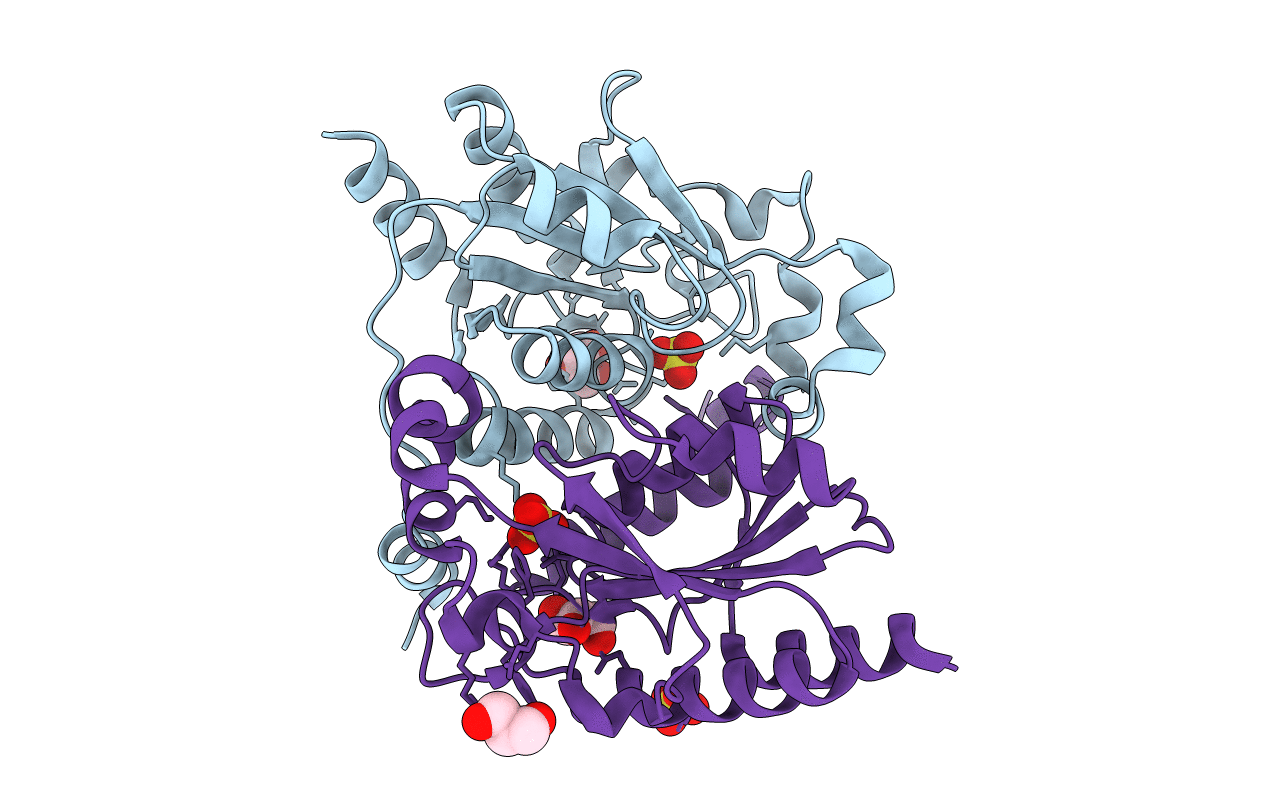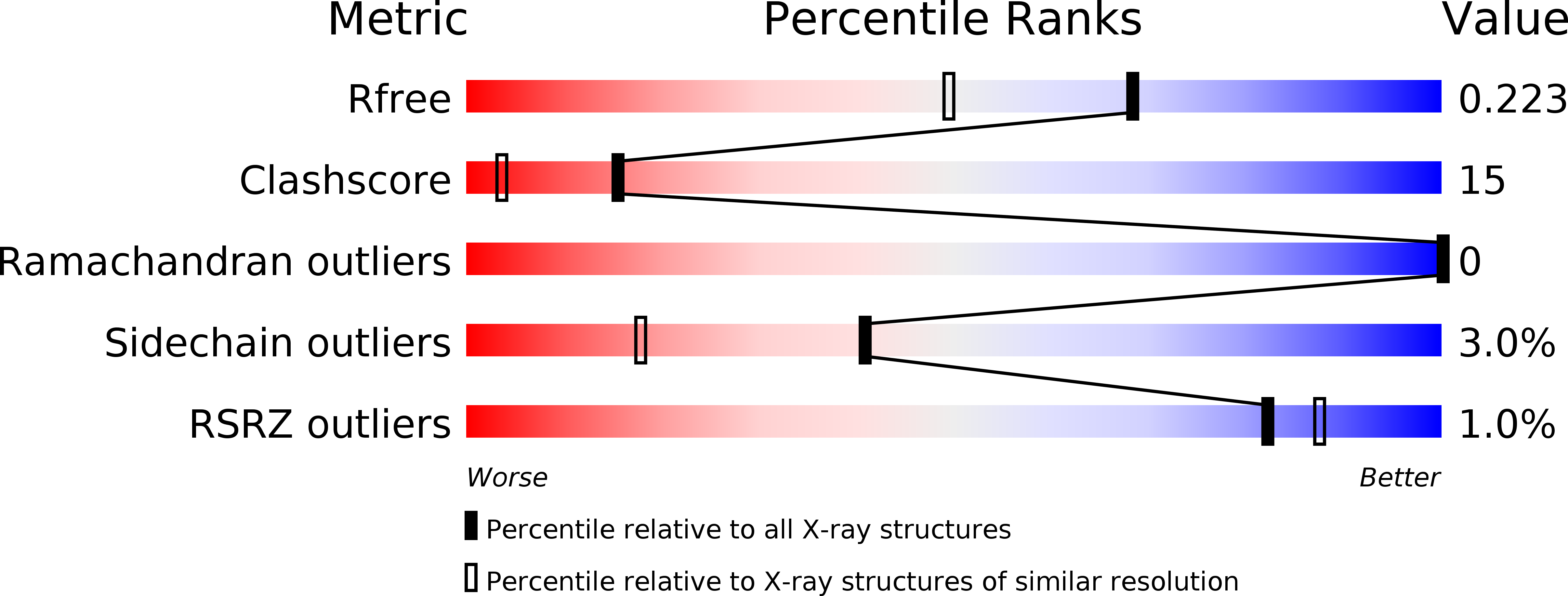
Deposition Date
2013-05-30
Release Date
2014-07-16
Last Version Date
2024-03-20
Entry Detail
PDB ID:
4L07
Keywords:
Title:
Crystal structure of the maleamate amidase Ami from Pseudomonas putida S16
Biological Source:
Source Organism:
Pseudomonas putida (Taxon ID: 1042876)
Host Organism:
Method Details:
Experimental Method:
Resolution:
1.75 Å
R-Value Free:
0.22
R-Value Work:
0.19
R-Value Observed:
0.19
Space Group:
P 64 2 2


